Today’s Washington-to-Pittsburgh drive is a typical dawn-to-dusk Twain-tripper—drive three hours, interview someone, drive half an hour, visit a national memorial, drive two hours, walk a town, drive an hour, stop for the night.
But the someone to be interviewed at a hilltop farm near Schellsburg, Penn., makes the day special for me. James B. MacRae Jr., 70, the only African-American in our Haverford College class, and I roomed together in Washington, D.C., during the summer following our graduation in 1963.
That summer, made famous by the March on Washington and Dr. Martin Luther King’s I-have-a-dream speech, has personal meaning to both of us. I have not seen Jim, who retired 15 years ago from the Federal Office of Management and Budget after a 31-year career in Washington, in almost a half-century.
Led by Zoe and Abby, their golden retrievers, Nancy, his wife of 47 years, and Jim give us a tour of their 100-acre farm. It features a two-story, brick country house, 18-ft.-tall tree house, smokehouse, garden house and swimming pool. “We do go on vacations,” Nancy says, “But people say, ‘Why?’”
We uncover and admire Jim’s pet project, his restored, green-and-yellow John Deere parade wagon, filled with century-old, 12-ft.-long pews from St. Joseph’s Church in Johnstown, Pa. (“This is as close as I get to church,” Jim quips).
Over lunch, we talk race. Jim said his parents (his father served as dean of Lincoln University) decided Jim would be one of three black students to desegregate a local elementary school. “We were the guinea pigs,” Jim says.
When a fifth-grade teacher, offended my Jim’s impertinent but accurate answer to a question, pulled Jim home and told his mother he was suspended for two weeks, his mother rose: “You take your hands off my son. He will never go back.”
The next day Jim’s parents enrolled him in Westtown, a Quaker prep school near Philadelphia that dates from 1799, where for years he was the only black student in his class. In his first week at Haverford College—“even less” diverse, Jim says—he telephoned an attractive, much-sought-after Bryn Mawr College first-year blonde for a date.
She said yes. Jim recalls that Roy David, a Haverford freshman, after learning of Jim’s success over the telephone, said to him, “You got a date with her? But you didn’t tell her you were black.” Jim shot back, “If you had called her would you have told her you were Jewish?”
Jim’s entry in his senior yearbook is the only one of his year not to have an essay about him by a Haverford classmate. Jim downplays the essay’s absence, recalling that he lived in language houses distant from student dorms for three of his four years. As for not ever attending a college reunion, he says, “There is no animus.”
Jim talks about two groups of African Americans—those who seek a completely black experience where they live and play (“They are not comfortable in the wider world”) and those “who have learned the code or whatever” and are comfortable anywhere.
Jim reminds me that August 28, 1963, was not only the day that I, a Washington Post summer intern, left our apartment in the early morning to help cover the March on Washington, but it was also the day that he met Nancy Kerber, a Vassar graduate who became his wife, while participating in the March.
Jim and Nancy, who is white, do not believe their children and grandchildren, unlike our generation, attach great significance to categories of color and race. “They’ll be fine,” Jim says.
He recalls Caroline, his blond-haired granddaughter, at age nine bringing an Asian-American girl friend to meet him. “I told you my grandfather was African-American,” Caroline said proudly. Nancy laughs, “It’s like having a pirate in the family.”
Jim encourages us to stop nearby at the newly opened national memorial for Flight 93. Amidst open fields that remind you of the sound of silence, he recalls the boom from United’s Boeing 757 plowing upside-down, at 563 miles per hour, into a field 11 miles away. The airliner, hijacked on Sept. 11, 2001, by four terrorists, was apparently intended to strike the U.S. Capitol in 18 minutes. But the flight’s passengers and crew rushed the terrorists. No one—not the 33 passengers, the seven crew members, the four hijackers—survived the crash.
Perhaps it is the recidivist reporter in me, but I would like more from the memorial than its white marble markers for each of the crew and passengers and its future 40 memorial groves and Tower of Voices with 40 wind chimes. I would like to know the personal stories of John Talignani of Staten Island and the 43 other people, hijackers as well as passengers and crew, who died that day.
A memorial of a different kind greeted us 11 miles east of Pittsburgh, when we stopped at Bell Avenue and Thirteenth Street in dying North Braddock, a borough of 15,679 in 1940 that slid to 4,857 by 2010. A German shepherd at 1223 Bell Avenue growled menacingly at us from behind a sign that read: “Warning: Cross the Line, Your Ass Is Mine.”
We walked down Thirteenth, a street of rectangular stones and orange bricks that sloped steeply toward the Monongahela River and its steel mills. At least half of the houses—including many fine brick structures—stood abandoned. The borough’s median house price in 2009 had fallen to $9,050, down 25 percent from the previous year and still dropping.
Alyssa Karas responded to my disbelief about devastated North Braddock: “It could be very much the next town over, two towns over.” We drove east along Braddock Avenue, the main commercial street of neighboring Braddock, and then through Homestead, to see in both towns entire blocks of abandoned buildings. “So who’s depressed yet?” Alyssa asked us from the back of the van.
We stopped for the night at the Pittsburgh-area home of Alyssa’s family. I was awarded the second-floor bedroom normally occupied by Alyssa or her sister, Maria. Both slept elsewhere. Words by Michael Ignatieff, Canadian author and academic, taped by Alyssa to the mirrored door of the bedroom’s closet, reminded me of my good fortune in being able to travel the United States for three months.
Ignatieff had written: “One of the greatest feelings in life is the conviction that you have lived the life you wanted to live—with the rough and the smooth, the good and the bad—but yours, shaped by your own choices, and not someone else’s.” I had hoped to experience the beast and beauty of America 2011 and I was doing so.
Loren Ghiglione

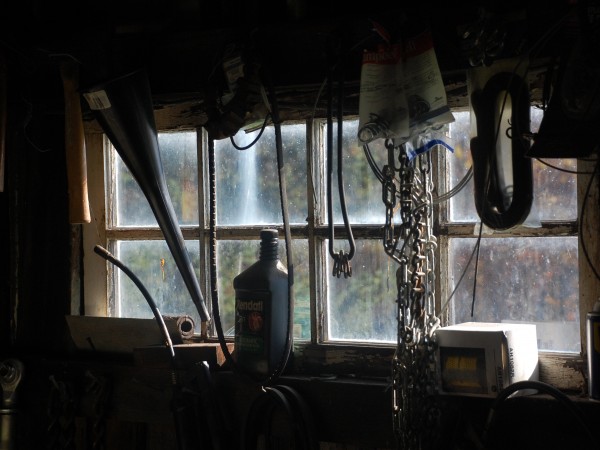
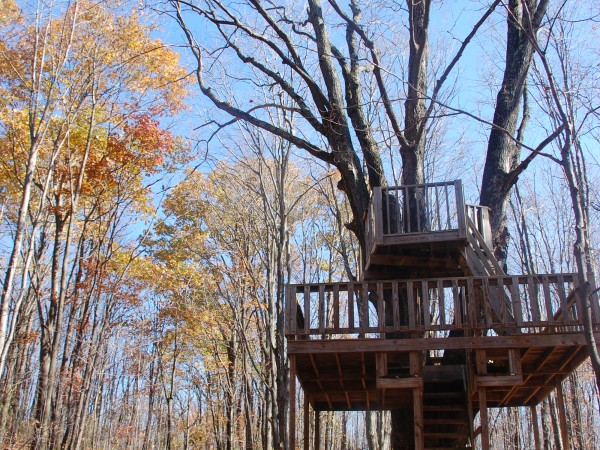
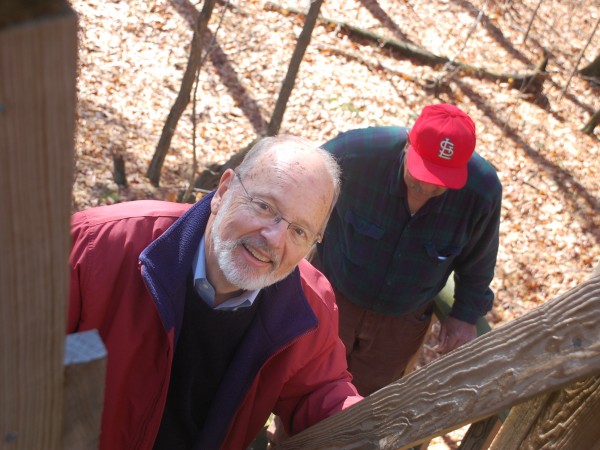
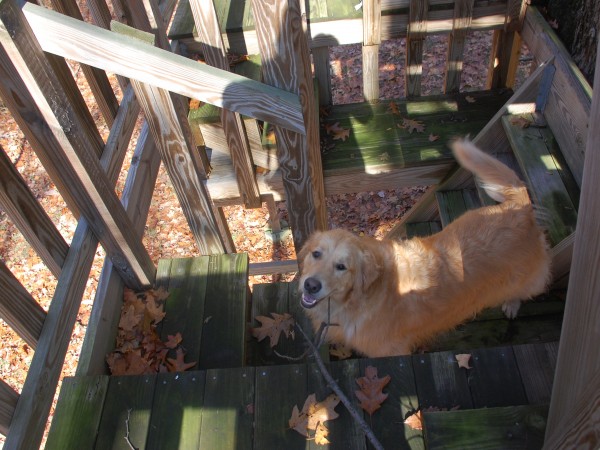
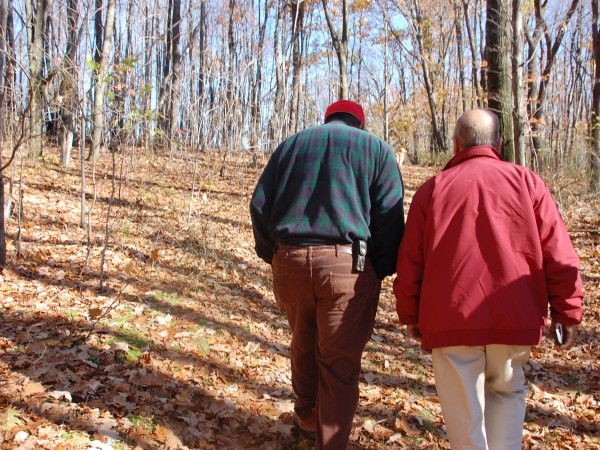
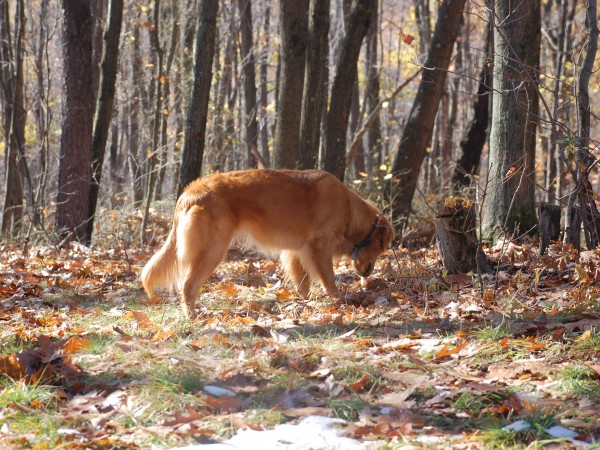
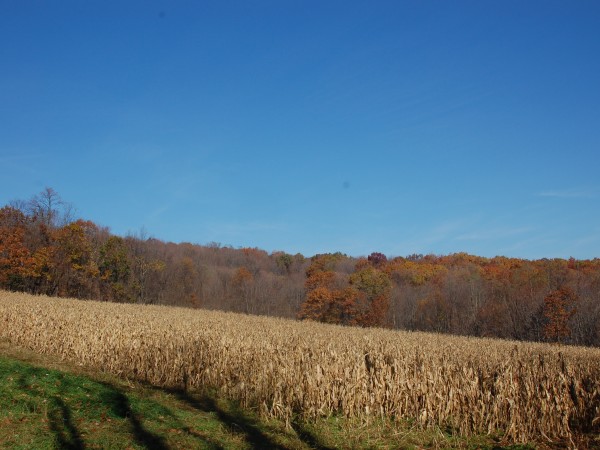
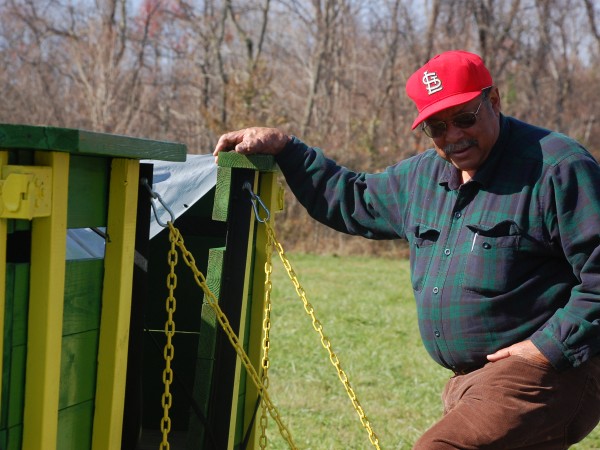
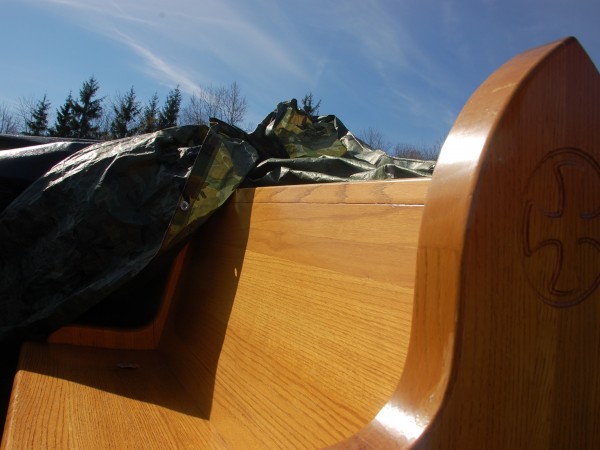
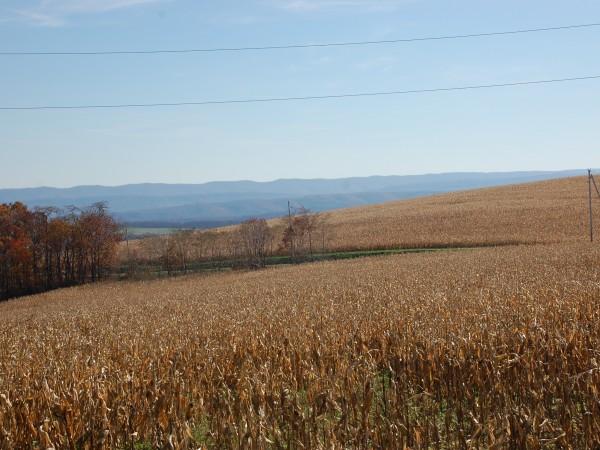
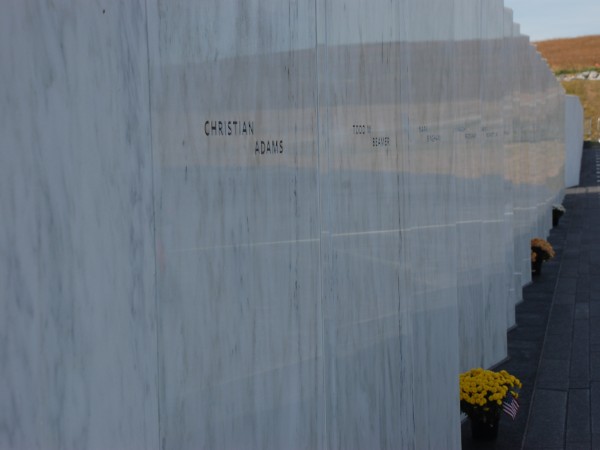
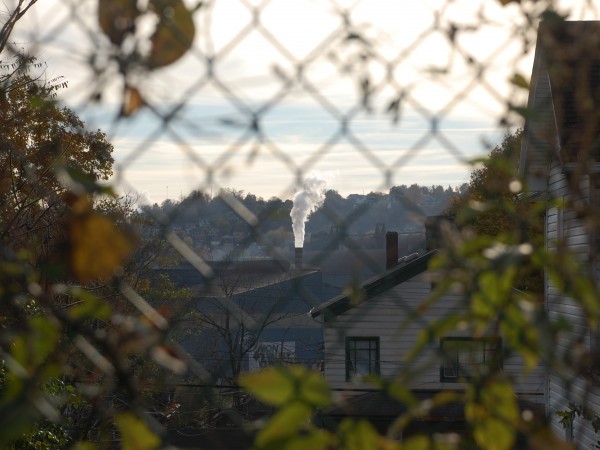
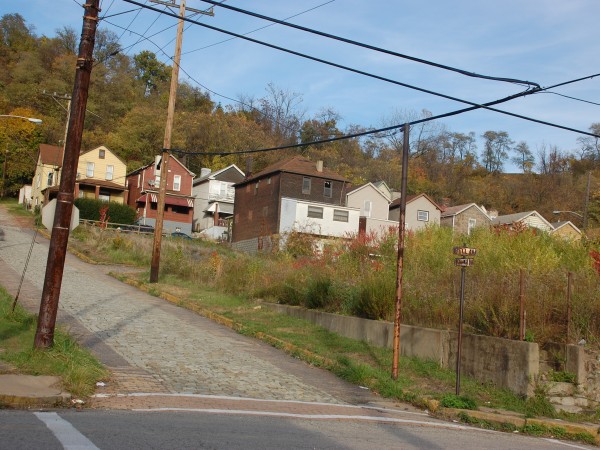
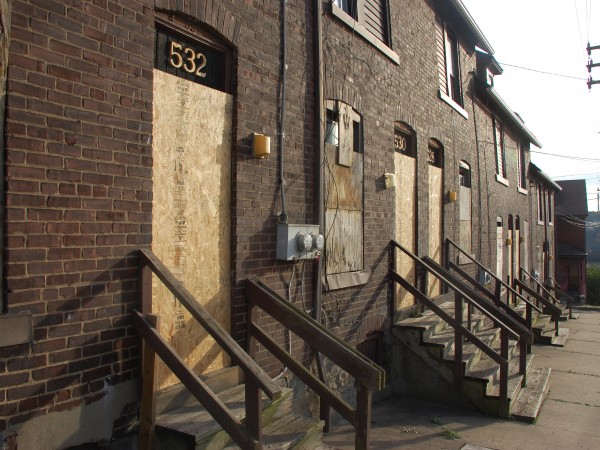
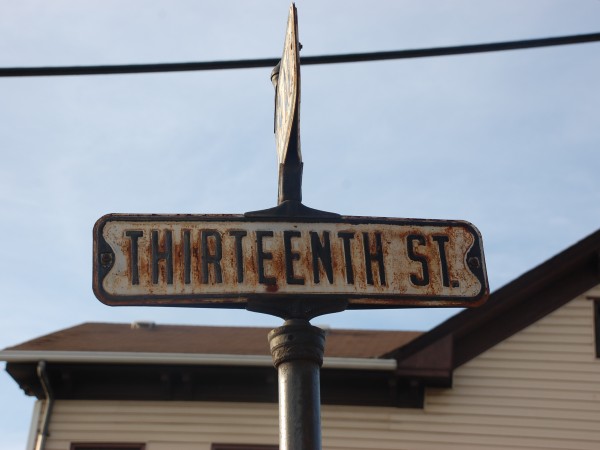
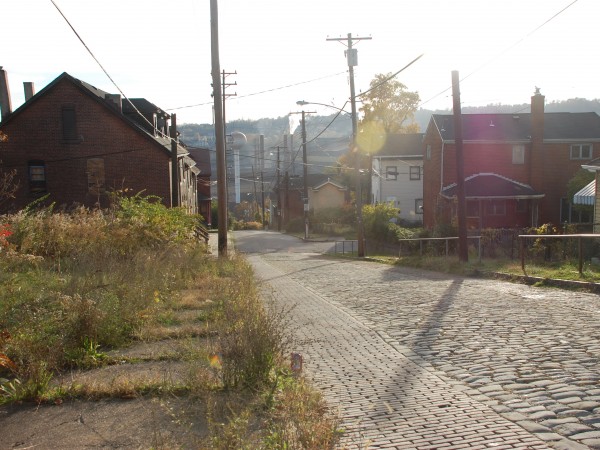
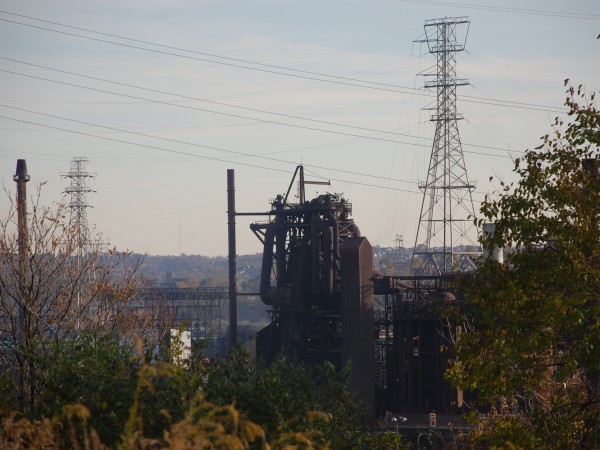
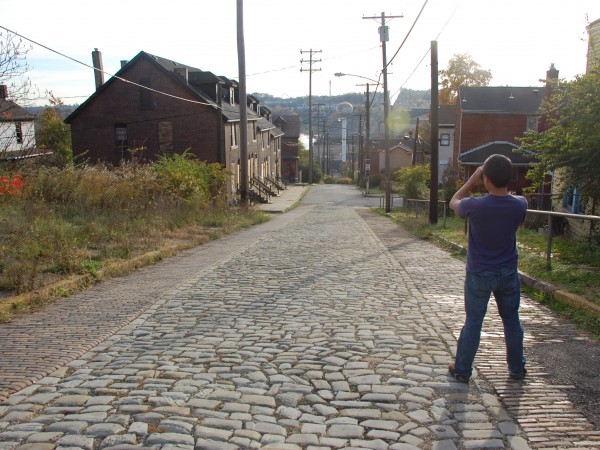
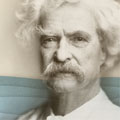
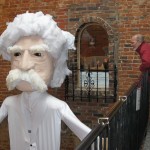
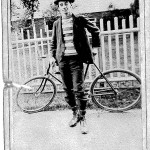
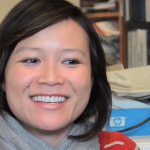
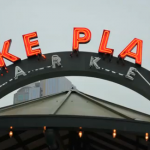

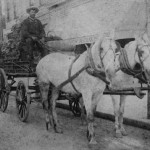
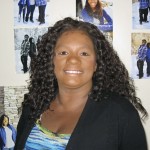
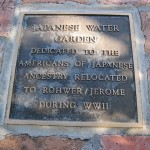
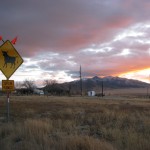
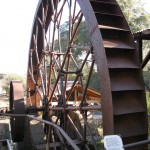
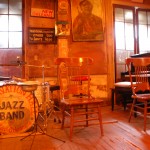


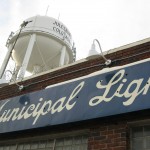
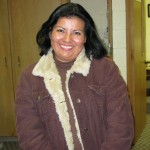
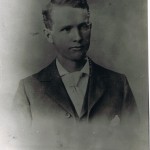


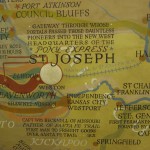

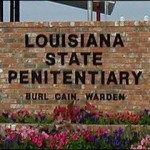
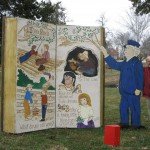

Is this really, in all the cities you have visited, the first time you have seen this devastation?
What is your sense about the economics in America, so far?
I’m a classmate and friend of Jim’s from Westtown. Happily, I believe he’s found Westtown to be more of a continuing relationship than Haverford.
I share your (and readers’) dismay at the declining U.S. While PIttsburgh is still standing, others like Milwaukee (my hometown), Cleveland, and Detroit are sad cases. The U.S. places less value on its citizens than on the wealth of its “globalized” corporations.